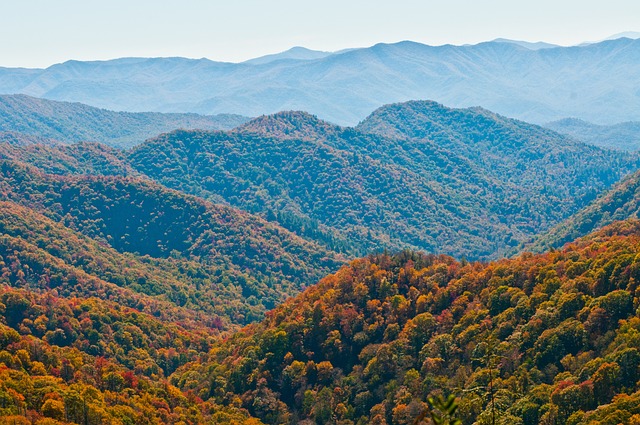This post contains affiliate links. For more info see our disclaimer.
Subscribe to the Under the Live Oak Newsletter Here
I am not a fast reader. I love to read, but I am not by any stretch of the imagination efficient when it comes to consuming and digesting the content of a novel length book. That’s why it was startling when I tore through 397 pages of arguably Bill Bryson’s most famous work in a little under a week. I read “A Walk in the Woods” at record speed and it wasn’t even close for me.
Was this the best or most interesting book I had ever read? No, I don’t think so, not by a long shot, but it did connect with me in a couple of distinct ways. For one, reading novels about a place usually instills in me a sense of romanticism about that location, but usually that place is inaccessible to me either geographically or financially, at least in the near term.
Reading about locations along the Appalachian Trail was different because while the romanticism remained, these were destinations that are very much attainable to me, but in my own head, I often pass them by for more exiting locales in Europe or Asia. The trails of Georgia, North Carolina, Tennessee, and Virginia are virtually in my back yard. Less than a day’s drive plants me squarely in the mountains of any one of these states. With that came a renewed sense of eagerness to explore the nearby, and at a fraction of the cost.
In the book, Bryson ambles north along the AT and later chapters have him meandering over boulders and up to scenic peaks in the Berkshires of Massachusetts and the Green Mountains of Vermont. Growing up in the Hudson Valley of New York, these two places are home to some of my fondest childhood day trips. Reading about where you grew up through the eyes of one of the best travel writers of our time gives you a quite a different perspective.
So there was the familiar.
Related Post: Stanley Tucci’s “Taste” is Both Flavorful and Familiar
What also stuck out to me in reading “A Walk in the Woods” was a feeling that I could recall but had not felt for ages. This was that disorienting feeling you have after being out in nature for days; dirty, sweaty, possibly bloody, sand in your hair, and tired from using muscles you didn’t know your body had, but happy and at peace.
Then in an instant you are thrust back into the comforts and conveniences of the modern world. That first hot shower you take feels like the best thing in the world. Your bed never felt so soft, that cheeseburger never tasted so decadant. You appreciate everything around you, and then slowly it hits you. An almost melancholy remorse for leaving nature. You shouldn’t feel as happy as you do about being back in the “real world” and suddenly you crave going back out there, to the depths of rudimentary primitivity.
The last time I had this feeling, and maybe if I’m honest some of the only times I truly had the full effect was during my years living in Hawaii. Yes parts of the islands are overcrowded, and houses have done their best to climb ever higher along the ridges of the south shore of Oahu, but there are still tons of ways to get lost in nature and you never know whether the next trail will lead you to a grand overlook, a hidden waterfall, or a black sand beach.
During one trip to Maui, 11 of us piled into a suburban, (in true Hawaii fashion, the van we ordered had been given away) and headed off to do the sideways figure 8 that allows you to traverse the circumference of Haleakela, back through the touristy western beaches and around the incredibly rugged and remote northwestern part of the island.
We climbed seemingly unending trails along creeks, through bamboo forests and underneath waterfalls, through water, mud, and that stunningly burnt orange clay that might have well come out of a permanent marker, throwing rotten guavas at each other along the way for good measure. For several days we camped on beaches under the stars, hiked as far as our legs would take us, stopping frequently to swim in some of the estuaries where cold mountain streams force their way into the mighty Pacific.
When it was finally time to head back to the airport, we had just finished our final hike, dropped off the car but didn’t have the time or the place to shower. We looked and decidedly smelled like we had been living in natures dumpster for months. Needless to say airport security, and later our fellow travelers, were a bit less than pleased with us, for the entirety of the 19 minute flight from Kahului to Honolulu.
It is this juxtaposition of the natural and modern worlds and the passage between the two that is so intriguing to me. This book made we want to feel it again. It’s nice to know I don’t have to go to the ends of the Earth to get it.

